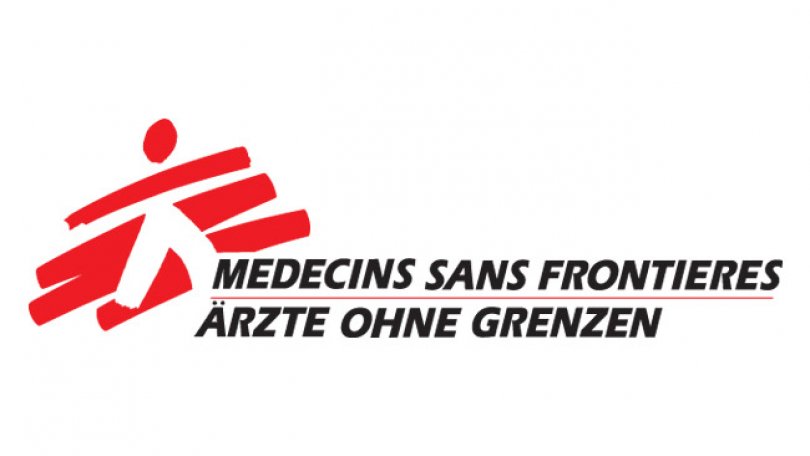
The end of viral hepatitis by 2030 is impossible without tackling hepatitis E

4 min
In 2015, the World Health Organization (WHO) launched an initiative to eliminate viral hepatitis as a public health threat by 2030, focusing primarily on chronic hepatitis B and C. Hepatitis E, however, is a leading cause of acute viral hepatitis worldwide with an estimated 3.4 million cases yearly. Over 70,000 people die from hepatitis E annually and it is the cause of 3,000 stillbirths per year.
Médecins Sans Frontières (MSF) convened a two-day meeting of experts and stakeholders in Geneva in October 2016 to increase awareness around the burden of hepatitis E, to propose a roadmap for encouraging broader interest in the disease, and to facilitate the use of an available efficacious vaccine.
Hepatitis E is endemic in Asia and Africa where there are frequent outbreaks of the disease and a large number of sporadic cases of acute hepatitis. Hepatitis E outbreaks can be large in scale and are associated with mortality rates as high as 25 per cent among pregnant women. A study in Bangladesh estimated that one of five maternal deaths is associated with jaundice and that many, if not most, are due to hepatitis E. In East Africa, protracted outbreaks have occurred in areas of conflict and humanitarian emergency. In addition, a ‘silent epidemic’ of zoonotic hepatitis E rages in Europe, mostly asymptomatic but causing chronic hepatitis in immunosuppressed patients.
The main challenge to controlling hepatitis E is the limited availability of tools. There is no effective treatment for hepatitis E. In some outbreak situations, for example those in humanitarian emergency and conflict, it is difficult to achieve sufficient improvement in water and sanitation to impact the course of an ongoing outbreak. A highly efficacious vaccine was licensed in China in December 2011 but it is not yet WHO pre-qualified. Although the WHO has recommended that the use of this vaccine be considered to mitigate or prevent outbreaks, as well as to limit consequences of hepatitis E infection among high risk groups such as pregnant women, it has never been used for this purpose or outside China.
Presentations and discussions at the MSF-convened meeting provided important insights. The understanding of hepatitis E continues to improve and progress is being made in diagnostics and treatment for chronic infection, but substantial gaps in knowledge remain. There is a lack of understanding of the real burden of this disease among populations and of its different routes of transmission. Furthermore, the interaction between the human host, its environment and the virus appears to be particularly complex, leading to different epidemiologic patterns of disease in various geographic areas and situations. This poses a particular challenge during outbreaks of hepatitis E related to global migration, and during humanitarian emergencies and conflicts, which affect the most vulnerable people.
The meeting participants called for urgent action on hepatitis E. They proposed that (i) control and prevention of hepatitis E must be integrated as part of the global fight against viral hepatitis, and (ii) research and development of control strategies on hepatitis E should be incorporated into the global strategy, if the goal of ending viral hepatitis by 2030 is to be achieved.
Collectively, it was felt that there is a need to:
- Raise the profile of hepatitis E. Hepatitis groups need to include resources dedicated to hepatitis E.
- Invest in surveillance of hepatitis E in countries with the highest numbers of cases.
- Invest in research to better understand the burden, the natural history of the disease and its routes of transmission.
The meeting participants also emphasised the need for the following urgent actions regarding the currently available hepatitis E vaccine:
- Disseminate information on the vaccine and the WHO recommendations for its use during outbreaks to ministries of health and other key actors involved in the response to hepatitis E outbreaks or its control in endemic settings.
- Regarding WHO pre-qualification:
Develop WHO guidelines endorsed by the Expert Committee on Biological Standardization to allow submission of a vaccine application for pre-qualification;
Once this is available, the vaccine manufacturer should submit available data for WHO pre-qualification;
Further work is then needed for the manufacturer to generate data for all target groups and develop a programmatically suitable presentation;
WHO should discuss with the Chinese authorities regulatory pathways to license the vaccine for a different target population than the one it is licensed for in China.
- Until pre-qualification is achieved, key partners and stakeholders should provide technical support to countries to encourage the use of the vaccine for disease control.
- All use of the vaccine should be carefully documented, to acquire additional knowledge on its use as an outbreak control measure and its performance among different sub-populations.

